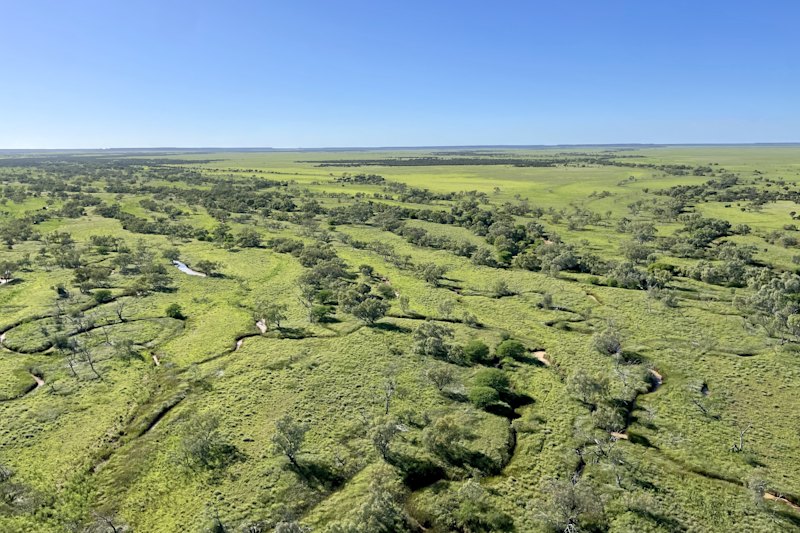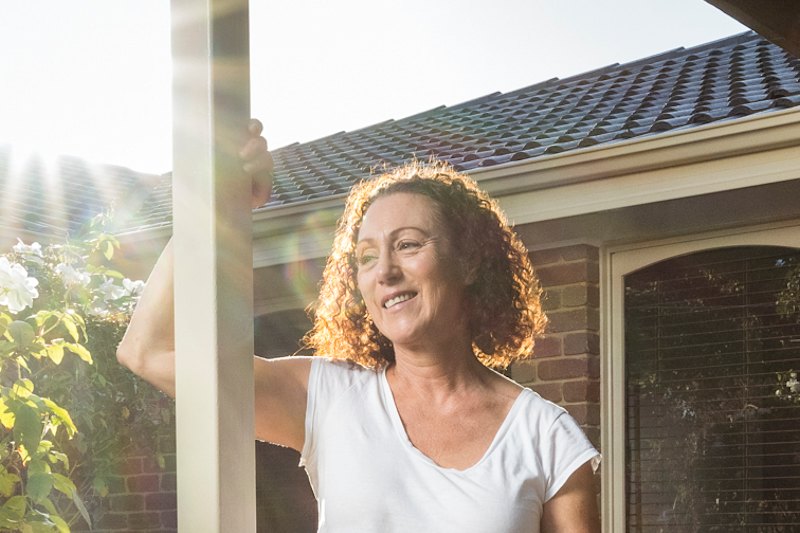Heart Foundation weighs into town planning to help make suburbs more walkable

The old real estate spruik “just a sort stroll to…” has never carried more weight.
Health is the new buzzword in property, as architects, developers and town planners use wellbeing advocates to shape suburbs and housing projects.
The Heart Foundation, known for its red tick endorsements, is becoming increasingly involved in the early stages of urban planning, helping to make suburbs more “walkable”.
Collingwood-based fashion designer and bridal couturier Craig Braybrook chose the once blue collar inner-north enclave because he wanted to do daily errands on foot. He pumps no more than $5 worth of petrol a week into his car.
When Braybrook bought in Collingwood about 25 years ago, sharing his warehouse apartment with pugs Wilbur and Lola, he was ahead of his time.
“I get the dogs and we will walk down to the Fitzroy Gardens, and it is very calming — as soon as you walk in there, you feel much, much better,” he said. “I cannot see myself ever moving.”
The new generation of house hunters are prioritising exercise over other factors when choosing where to buy.
Research supports Gen X and Y buyers’ desire to be close to action, from bars to bike tracks, schools, parks and shopping.
A study from Portland State University found 18 to 34 year-olds preferred being pedestrians, over driving, more than any other generation. A key factor, aside from lifestyle and environmental, was financial, to avoid the cost of running a car.
Budget-friendly new postcodes on the urban rim of Melbourne are enlisting the Heart Foundation’s help to replicate the village feel of the most walkable – and often prohibitively expensive – suburbs, including Collingwood, Fitzroy, Carlton, Richmond, St Kilda and South Yarra.
It is a growing area of interest and input for the charity, which expects ongoing demand as greenfield and apartment construction continues.
Research by RMIT, funded by VicHealth and in partnership with developer Stockland and the Metropolitan Planning Authority, found good planning and design, in the early stages of proposed residential project, can prevent illness and poor health, and increase happiness.
New communities need to be well-connected, the study said, by bike and walking paths, and public transport, with destinations where residents can meet, and are safe to navigate.
Heart Foundation Victoria’s healthy living manager Roni Beauchamp said developers and town designers were increasingly seeking their advice, from free guidelines to training for urban planners and consulting.
“The guidelines are getting more popular and also is that interest in what people need to live well,” Ms Beauchamp said.
“We follow the latest research and thinking of how reshaping the built environment can significantly increase our physical activity level, and therefore improve our heart health, so that is our connection to why we care.
“We have worked with all levels of government to reinforce the notion that we need to look at the way we build out cities and towns.
“Every tool the Heart Foundation creates is backed by very strong evidence and we work very closely with the brightest minds in this field across a number of academic institutions.
“As we have more and more pressures on our time, and on our space, it’s important that we get those very basic elements right.”
Stockland’s Mike Davis, general manager of residential, said its Clyde North development, Selandra Rise, applied Heart Foundation urban guidelines in the formative stages.
“A lot of planning goes into the design of facilities and open spaces at all of our communities to encourage residents to be healthy and engaged,” Mr Davis said.
He said parks, open spaces, fitness equipment and “kilometres” of cycling and walking paths were incorporated, to ensure the suburb was foot friendly.
“As a result, the community has parks within 300 metres of every home, shops, schools, parks and community centres within easy walking distance of every home, and homes front on to parks and amenities to encourage residents to interact,” Mr Davis said.
“We have found that home buyers are particularly drawn to features within a community that make physical activity easy and enjoyable.”
We recommend
We thought you might like
States
Capital Cities
Capital Cities - Rentals
Popular Areas
Allhomes
More







